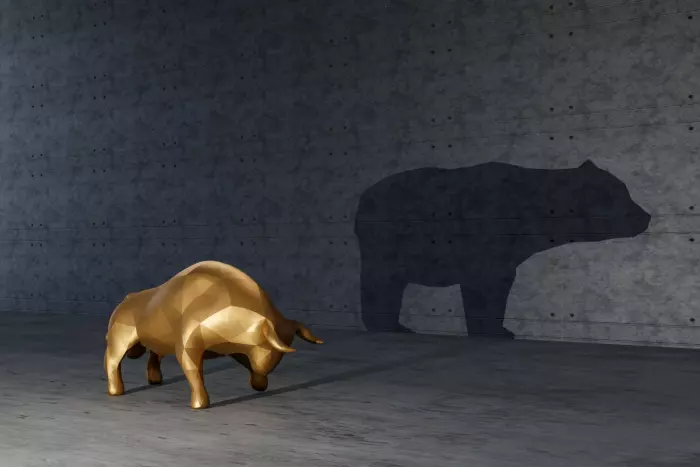It’s too late to sell and too early to buy, or at least that’s how one stockbroker characterised financial markets at the start of this week.
Most benchmark equity indices are in what is called a ‘bear market’, which is defined as a 20% decline from a recent peak but is used to talk about an extended market downturn.
There was a technical bear market in 2020 but, since the decline was swift and the recovery completed within months, it never really felt like one. This time is different.
NZ’s benchmark index has been in decline since September last year and is down just over 20% from its all-time high in January 2021.
Only two stocks in the S&P/NZX 50 have increased in value this year – Vector and Spark NZ – while the rest have fallen somewhere between 3% and 70%.
This has left a lot of retail investors and KiwiSavers looking at deeply negative returns they may have never seen before. Or, if they have, it was followed by a rubber-band-like bounce back which is unlikely to happen again.
Greg Fleming, head of global diversified funds, said there have been 26 bear markets in the US equity market since 1929, lasting an average of nine months each.
This bear market started in early January, he said, so we are already six months into a nine-month average.
“This one might run a little longer, but it may also be in its closing months,” he said, during a Sharesies webinar.
Sadly, the recovery can last a lot longer than nine months. It took about three years for the S&P 500 to recover from the global financial crisis in 2007 and the Dot-Com bubble in 2000.
Still, experts agree it is best to stay invested after an equity market tumble in order to benefit from the eventual recovery.
“Where we are now, a lot of the damage has been done. Don’t wake up today and say: ‘oh my god, I’ve got to adjust my portfolio’,” Fleming said.
Rather, investors should stay focused on the businesses and strategies they believe in and continue to invest, he said.
“There has been a fire sale in certain sectors, so there is some good long-term value there”.
Time in the market
Why bear and bull markets got their names is somewhat lost to history, but famous British economist, John Maynard Keynes, wrote about ‘animal spirits’ to refer to how emotion can influence financial decision-making.
His theory is that positive emotions, such as optimism or confidence, can push markets irrationally high, while negative ones can send markets to irrational lows.
This often results in investors buying high and selling low, despite trying to do the opposite.
In a 2010 paper by Cass Business School researchers, Andrew Clare and Nick Motson, found that retail investment in equity markets tends to follow strong periods and anticipate poor performance.
In essence, retail investors are lured into the market by rising prices and pushed to sell when prices begin to fall.
Institutional investment flows outperformed, not because they were better at timing but because of a steady rate of investment that was “influenced less by investment judgement,” Clare and Motson said.
The authors found attempts to time the market resulted in 1.2% lower returns than just making and holding regular investments.
“Although 1.2% may not sound very high, compounded over 18 years it represents a cumulated underperformance of 20%, compared with a simple buy and hold strategy,” they wrote.
Ironically, John Maynard Keynes’ own investment returns were mixed and his own poor performance in the 1920s inspired some of his theories about the market’s animal spirits.
That’s the conclusion of three researchers from the University of Cambridge’s business school who did a quantitative analysis of his performance in the 1920s and 1930s.
The economist wrote that the stock market too often resembled a beauty contest and that investors should be “eccentric, unconventional and rash in the eyes of average opinion”.
In the later part of his career, he stopped looking at macro trends and began focusing on individual stock-picking which ultimately improved his performance.
Inflation marks the way
Salt Funds’ Greg Fleming said he expected the market’s animal spirits to get more bullish when investors can be confident that inflation has peaked.
“We are just starting to see early signs that energy prices may have topped,” he said.
“That’s a good sign because it means you don’t get secondary effects with the cost of transportation is added onto goods prices and everything goes through the roof”.
Fleming said it can be very stressful for new investors experiencing a bear market for the first time, but they aren’t necessarily a bad thing.
“Bear markets create opportunities because everything gets thrown out with the bathwater. The best advice is to sit tight but look for value where it comes up,” he said.














